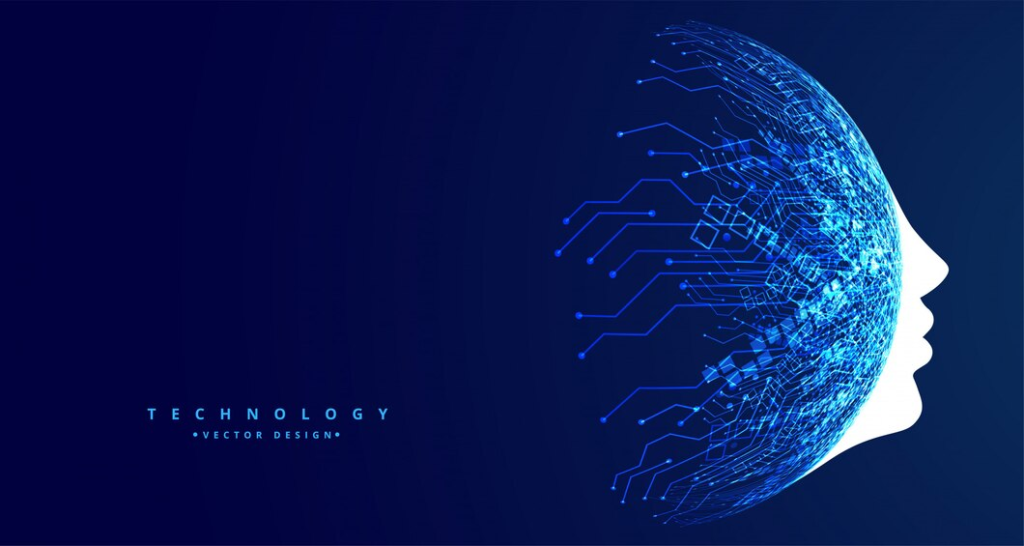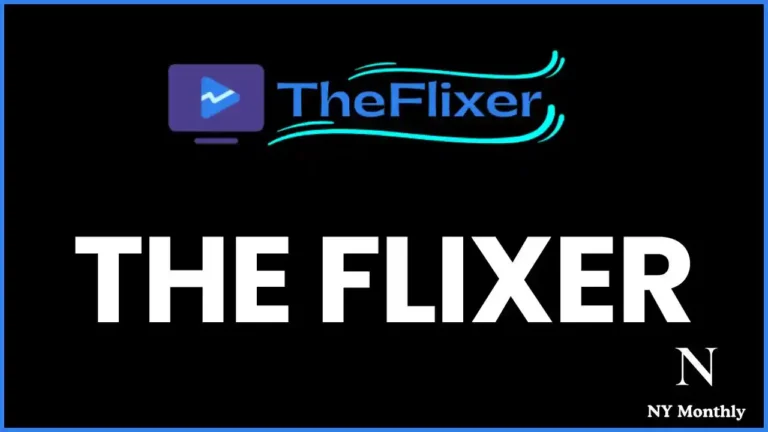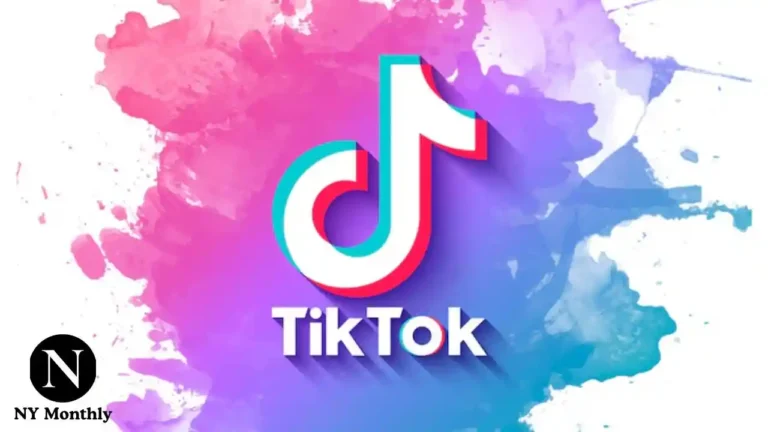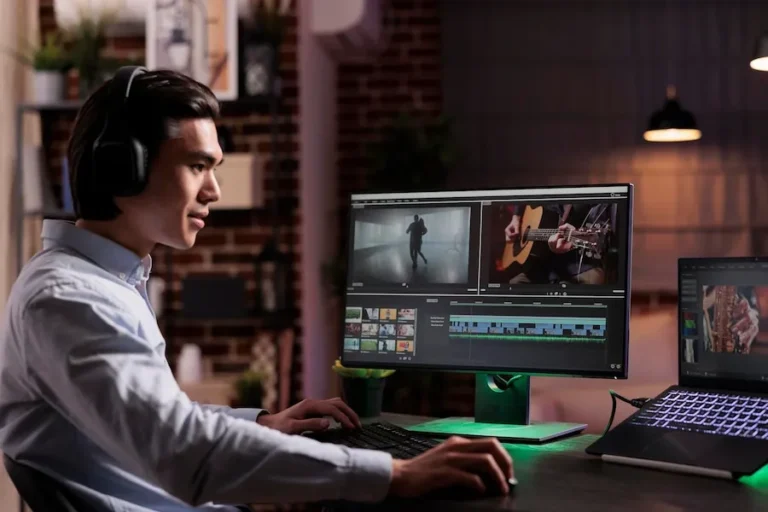Unlocking the Future of Design with Text to Image AI Technology
The integration of artificial intelligence into creative processes is transforming the landscape of design across industries. Text to image AI, one of the most innovative tools in this digital revolution, is proving to be a game-changer. By enabling designers to convert written descriptions into detailed images, this technology offers limitless possibilities for creativity and efficiency.

The Concept of Text to Image AI
Text to image AI operates by interpreting natural language descriptions and generating visual content that matches these descriptions. This technology uses complex machine learning models, including generative adversarial networks (GANs) and transformer models, to understand the nuances of human language and visualize them as digital artwork. The result is a seamless bridge between textual concepts and visual representation, allowing for rapid prototyping and Instanavigation by Instant in design processes.
Impact on the Design Industry
The implications of text to image AI for the design industry are profound. Designers can now draft preliminary ideas and see them rendered in visual form almost instantly, which significantly speeds up the workflow. This capability is particularly beneficial in fields like graphic design, advertising, and game development, where visual content plays a crucial role.
Furthermore, it democratizes design by lowering the barrier to entry for those who may not have traditional artistic skills. Aspiring designers can articulate their visions through text and rely on AI to handle the visual creation, fostering a new era of inclusivity in the design world.
Practical Applications in Real-World Scenarios
In practical terms, text to image AI can be applied in numerous ways:
- Advertising Campaigns: Marketers can generate diverse and appealing visuals for testing different concepts before deciding on a final design.
- Product Development: Companies can visualize product designs faster, making it easier to iterate based on consumer feedback and market research.
- Entertainment and Media: Film and video game producers can create detailed scenes and characters from textual descriptions, streamlining the creative process.
Adobe’s Contribution to Text to Image AI
Adobe, a leader in digital design software, has embraced this technology with Adobe Firefly, a tool designed to cater to creative professionals’ needs by turning text into compelling images. More information about Adobe Firefly and its capabilities can be explored here.

Challenges and Ethical Considerations
Despite its potential, text to image AI faces challenges, particularly concerning accuracy and ethical considerations. Ensuring that the AI accurately interprets the user’s intent and generates appropriate images without bias is crucial. Moreover, there are concerns about copyright and the authenticity of AI-generated content, which necessitates clear guidelines and regulations.
The Future Outlook
As text to image AI technology continues to evolve, its integration into various sectors will likely deepen, leading to more sophisticated applications and even more innovative use cases. The potential for AI to further enhance human creativity is enormous, offering exciting prospects for the future of design.
In conclusion, text to image AI is not just a tool but a revolutionary shift in how we conceive and visualize ideas. As this technology advances, it will undoubtedly continue to transform the creative industry, making it more dynamic, inclusive, and efficient.






